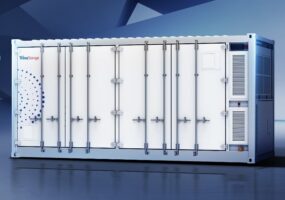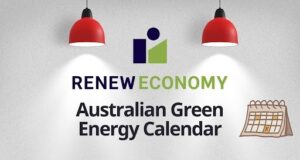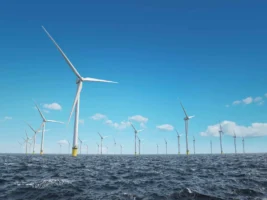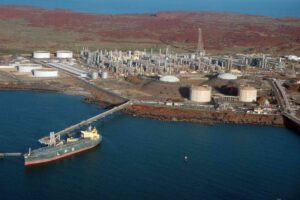The Victoria government is expected to outline details of its major tenders for new wind and solar capacity on Wednesday morning, as well as reaffirming its 40 per cent renewable energy target for 2025 and putting more meat on its policy.
An event to be headed by premier Daniel Andrews and energy minister Lily d’Ambrosio will likely outline the details of the first major auction to be held later this year, as the state goes about the task of adding more than 5,000MW of large-scale wind and solar capacity over the next eight years.
Further details of the architecture of the long-awaited Victoria Renewable Energy Target legislation could also be released.
The Victoria government has been busy preparing for the target, and is working with AEMO to ensure that planned wind and solar farms do not overload the current network in the west of the state, and are accompanied with either network upgrades or battery storage.
(AEMO boss Audrey Zibelman will be attending and speaking at the event).
A couple of other tenders have already been announced, and the winners may also be revealed on Wednesday: these include tenders for two 20MW battery storage installations with up to 100MWh capacity in western Victoria, as well as the tender for 75MW of solar capacity to power the Melbourne tram network.
Victoria has also been involved in critical projects such as the decision by Nectar Farms to build the country’s biggest vegetable greenhouse in an old gold mine area, using wind and battery storage as a cheaper alternative to gas and grid power. The whole project is worth $560 million.
Other developments are also taking place, such as the 530MW Stockyard Hill wind farm to be built at a record-low cost of less than $55/MWh, and three large solar farms. Many others are in the pipeline, including a proposed $2 billion offshore wind farm.
Victoria is one of the key state players in the renewable energy transition, and its push for a state-based target will essentially reprise its role of a decade ago when it first launched a VRET to counter the decision by the then Howard government to bring the then MRET to a halt.
The Turnbull government, similarly, is leaving the industry in limbo, because it has yet to commit to any policy measure that will replace the current LRET when its target is met in 2020.
South Australia premier Jay Weatherill on Tuesday warned that states would “go it alone” on a clean energy target, if the Turnbull government did not overcome its hard right rump and push through such a policy.
The Murdoch media has been campaigning vigorously against a CET, as it ramps up its criticism of all things new, including wind, solar PV, battery storage and now solar thermal.
Queensland also has a 50 per cent renewable energy target for 2030, and while it is yet to release its legislation, it is experiencing a massive boom in large-scale solar thanks to the LRET and interest from local and international companies.
The Northern Territory is also looking at a 50 per cent renewable energy target for 2030, and its proposed pathway is expected to be released soon.
South Australia, of course, has already reached 50 per cent renewables, and is charting its course to higher levels of wind and solar, albeit accompanied by storage, with major projects such as the Tesla big battery (100MW/129MWh) and the Port Augusta solar tower and molten salt storage facility (135MW/1,100MWh).











